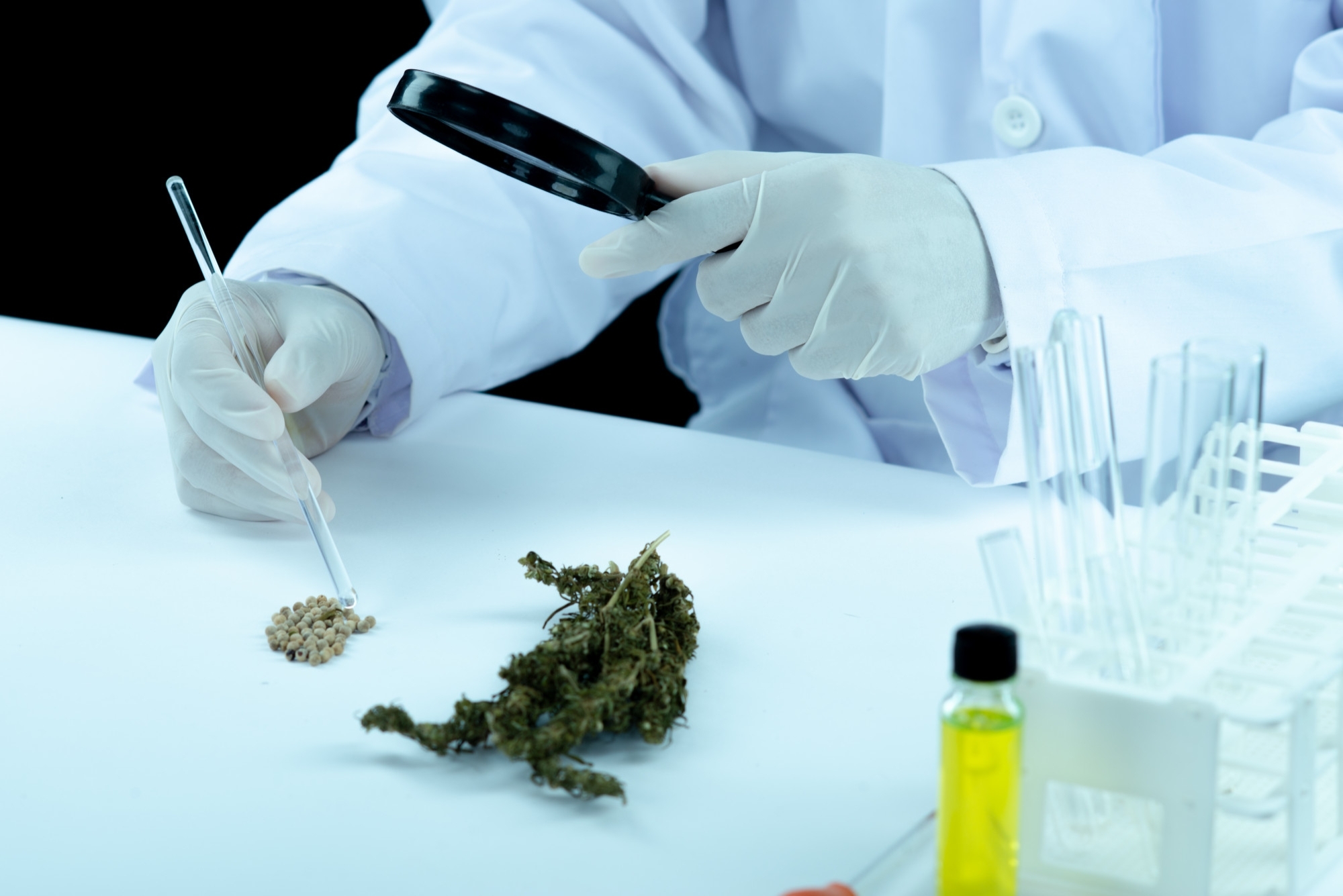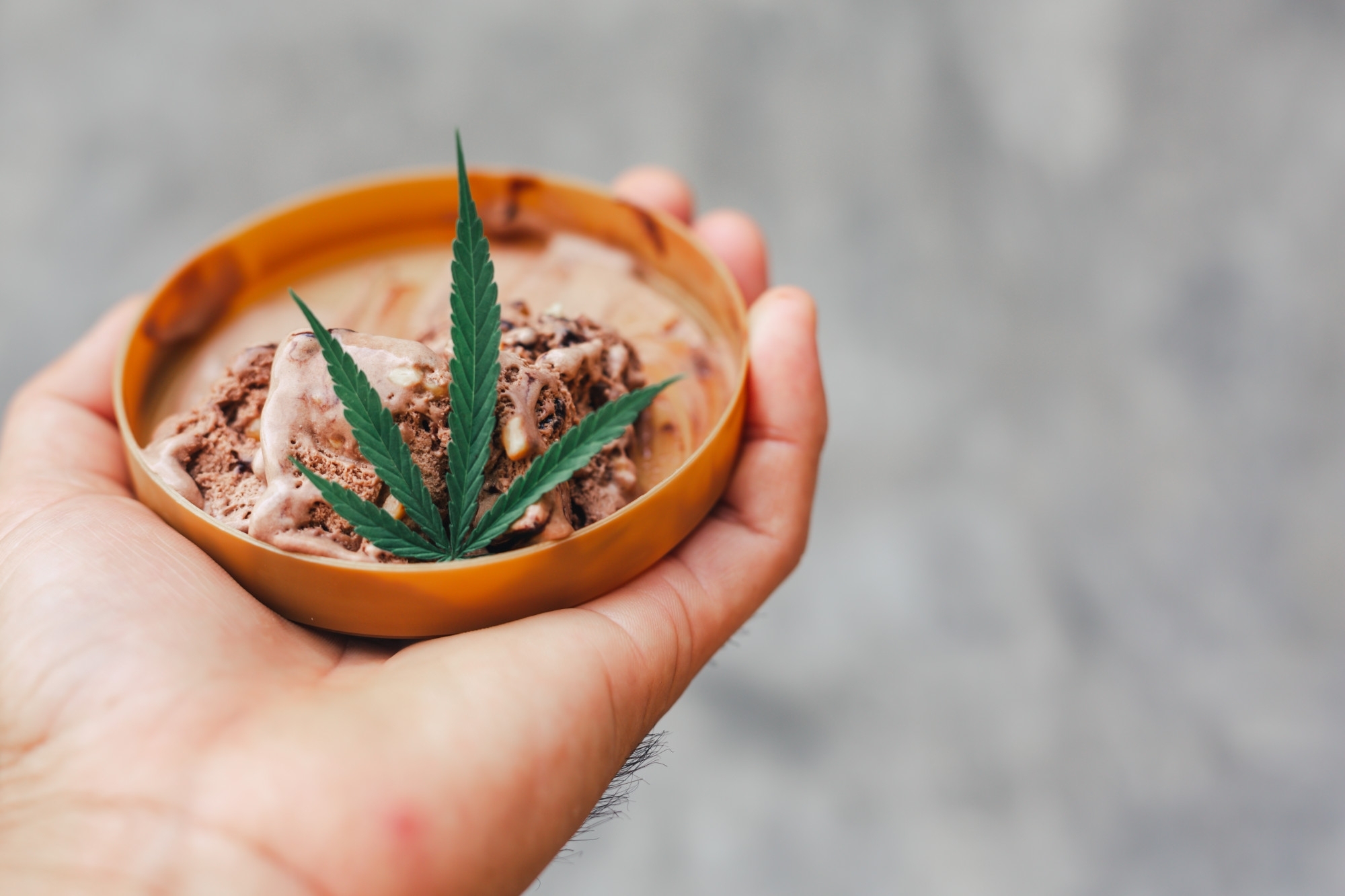Sleep is a naturally fundamental activity that is essential for human life. The average human's sleep is 14 years or one-third of life's time. For the individual person, sleep time depends on the Body clock (Circadian rhythm), which indicates the body cycle and the various system's operations. Aging, health issues, and an unhealthy lifestyle can interrupt the sleep cycle and circadian rhythm by reducing sleep quality, physical health, and mental health. Therefore, getting enough sleep is one of the critical components of avoiding health issues.
Hemp extract derived from hemp flowers, consisting of cannabidiol (CBD), has many health benefits. One of the outstanding and well-known properties is relieving anxiety, stress, and insomnia. The CBD mechanism is activated by binding to the receptor within the body through the Endocannabinoid system (For more information about the endocannabinoid system: ../../_ipx/images/blog/1-373.jpg?id=373 ).

Many studies indicated the effect of CBD on relieving anxiety, stress, and insomnia. Shannon S et al. (2019) [1] used 25 mg of CBD to treat 72 participants with anxiety and insomnia. Participants with insomnia or sleep disorders received CBD capsules in the evening. On the other hand, CBD capsules were given to participants with stress in the evening. After the first month of treatment, the anxiety scores of 79.2% of participants decreased. Sleep scores of 66.7% of the participants increased, which indicated less trouble sleeping. This study's results suggested that CBD can reduce sleep issues for insomnia participants. Moreover, another study used CBD to alleviate Post-traumatic stress disorder (PTSD) symptoms in 10 years old girls by using 25 mg of CBD capsule administered before bedtime and 6-12 mg of a CBD sublingual spray during the day for anxiety symptoms. After five months, sleep quality and quantity gradually improved [2].
CBD has been used as an ingredient in many products to enhance sleep quality such as CBD oil for sublingual drops, relaxing air fresheners, skin care, gummy, CBD capsules, or CBD mixed with other natural extracts like melatonin and chamomile [3]. Murillo-Rodríguez E et al. (2014) [4] studied the influence of CBD on the sleep disruption stage during the night.. Even so, using CBD together with melatonin could improve sleep quality. Moreover, this study found that some patients who take CBD during the day may have better sleep quality during the night. The melatonin-cannabidiol combination may release sleep disorders because melatonin has the ability to compensate for the stimulating effect of CBD. As mentioned above, hemp extract or CBD has the potential to reduce sleep disorders or insomnia.

Moreover, the hemp extract exhibits good biocompatibility and compatibility features with other extracts such as melatonin and chamomile suggesting that the hemp extracts can be developed into various products which fulfill several related business demands. Salus Bioceutical Thailand (SBT) is a hemp/cannabis extract manufacturing company, which produces high-quality hemp extracts (Premium Grade) with a very top extraction technology in Thailand. Furthermore, SBT has a one-stop service laboratory for analyzing the hemp extract to ensure that the quality of hemp products from SBT is high-quality, effective, and safe for consumers.
Reference
[1] Shannon S, Lewis N, Lee H, Hughes S. Cannabidiol in Anxiety and Sleep: A Large Case Series. Perm J. 2019; 23:18-041. doi:10.7812/TPP/18-041
[2] Shannon S, Opila-Lehman J. Effectiveness of Cannabidiol Oil for Pediatric Anxiety and Insomnia as Part of Posttraumatic Stress Disorder: A Case Report. Perm J. 2016;20(4):16-005. doi:10.7812/TPP/16-005
[3] Ferguson S, Mona B. 6 of the Best CBD Products for Sleep in 2022. [Online] https://www.healthline.com/health/best-cbd-oil-for-sleep [Access date: 9 Jun 2022]
[4] Murillo-Rodríguez E, Sarro-Ramírez A, Sánchez D, Mijangos-Moreno S, Tejeda-Padrón A, Poot-Aké A, Guzmán K, Pacheco-Pantoja E, Arias-Carrión O. Potential effects of cannabidiol as a wake-promoting agent. Current neuropharmacology. 2014; 12(3): 269–272. doi: 10.2174/1570159X11666131204235805





